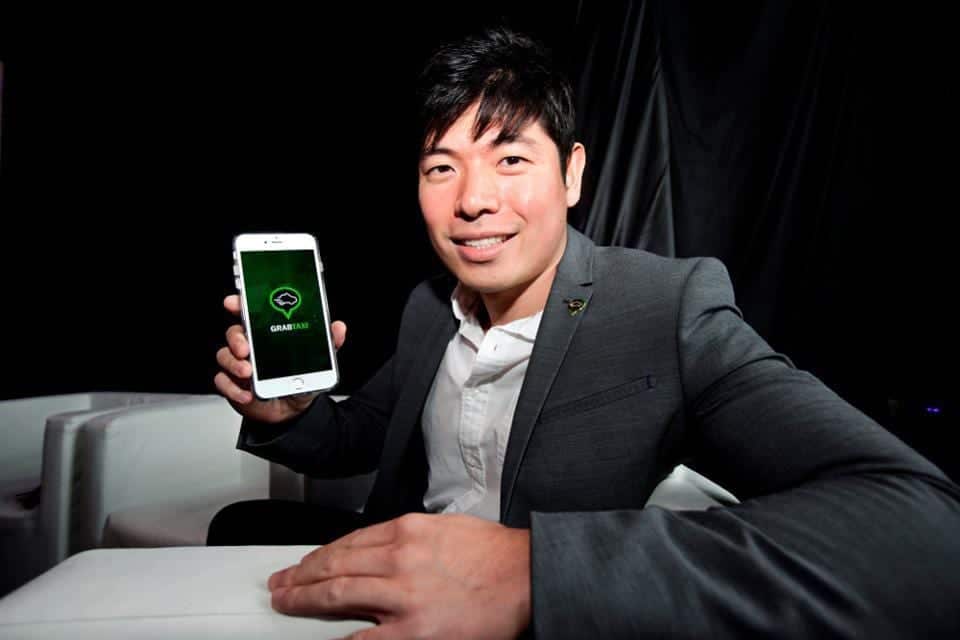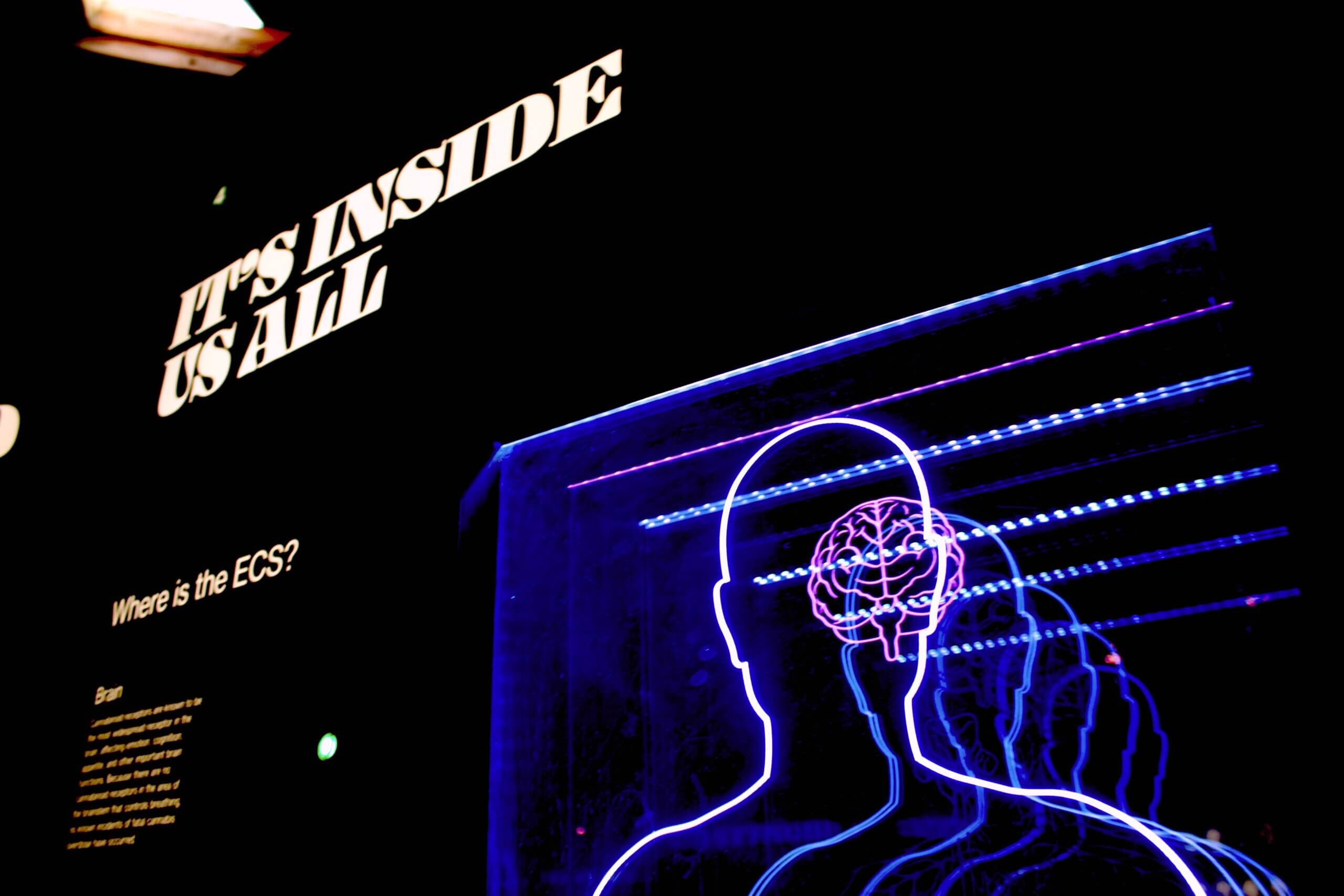A number of stories have been circulating for some time now about the “terrible future” awaiting car owners after it was revealed that Toyota plans to offer subscription services for its vehicles that would include charging $8/month for certain connectivity-based services.
What’s more, a few months ago, Volkswagen hinted at a similar model for its autonomous capabilities: paying for your vehicle to drive you. BMW recently went so far as to implement an annual €80 subscription for using the Apple CarPlay infotainment system, but quickly walked back after customers complained, although that does not mean that it has abandoned its plans.
Despite the outrage, these carmakers’ proposals are simply the logical consequence of turning vehicles into connected devices: if we want our cars to acccess connectivity services that give us access Spotify, real time traffic information via maps, or diagnostics, then we should remember that these services cost money, as does the connection that links you to them, and are not included in the price of the vehicle, which means we, the users will have to pay for them, presumably, as indicated above, via subscription.
Charging an EV is a case in point: while many electric car owners must first find a charging point, download an app, identify themselves and then launch a not particularly simple or user-friendly process simply to recharge their vehicle, in addition to configuring a means of payment in that app or by using a specific card, Tesla owners simply plug their car into a charging point, identifies itself with the network, proceeds to recharge, and carries out the corresponding payment for the energy consumed on their credit or debit card: as simple as that. For people looking for an even easier life, there is still, for certain models, the possibility of including a specific payment in the price of the vehicle that includes unlimited recharging, which is probably of interest to people who cover a lot of miles. In short, EVs are basically a device we authorize to carry out certain operations, one that can be configured with various options.
The future points to vehicles asking us to identify ourselves as the driver, thus establishing responsibility for our behavior and decisions. These vehicles are connected for all intents and purposes, and it will not be long before, just as I “retransmit” in real time my driving behavior to Tesla, that the road authorities will want to that data as well. And when we commit an infraction, a fine will immediately be imposed and the money taken from our bank account.
If things continue along these lines, in the not-to-distant future, vehicles will cease to be our property and will simply become a set of services accessed via subscription: we will enter the vehicle, log in, and access services that will no longer have to do with driving, and which will be carried out by the vehicle itself, and will be more related to entertainment, content or connectivity in general.
In the balance between product and service, vehicles ceased to be simply a product as soon as we turn them into a permanently connected object. But the consequences of this change go much further, and will undoubtedly be closely related to the business models that the companies that manage these vehicles decide to implement. A future very different from the one we know, but which is taking shape before eyes.




























